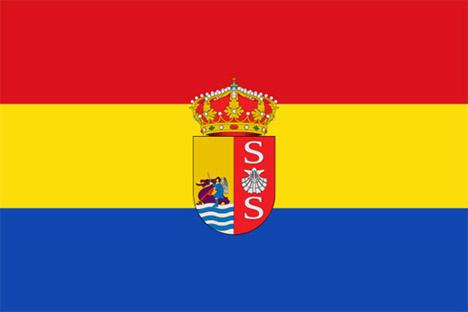Bentarique

History
Its name has been related popularly to "venta rica"; in the year 1896 a Moslem treasure in gold and silver was found which dated from the end of the XV century. Although there are no documents to support it, it seems more logical to think that Bentarique comes from a place-name of Arabic origin related to the name of a person.
The Moslem XII century geographer and chronicler Idrisi connects this place with some Roman baths in a salutary spring, known as the Poznilla spring.
During the Al-Andalus period at the end of the IX century, Bentarique formed part of the new territory of Urs al Yaman which consisted of 20 castles for the defence of the AREA of Marchena within the kingdom of Granada. During this time there was a great deal of agricultural activity.
The Christian conquest came about through the surrender of Baza and the Capitulations of Almeria. The area of Marchena went on to form part of the land of don Gutierre de Cardenas in 1494.
With the Moorish rebellion and their expulsion in the year 1570 Bentarique was left deserted up until its repopulation in 1574 by 44 people from Castille, western Andalusia and Levante. The new inhabitants brought new kinds of crops for unirrigated land, such as cereals and vegetables which joined the traditional crops of vines for raisins and olives. It did not stabilize demographically-speaking until the XVIII century.
In 1835 it obtained its independence with the abolition of the landed estates. Towards the middle of the century there was an economic and demographic revival with the introduction of the cultivation of the Ohanes grape for export. At the end of the century it reached the point of having a thousand inhabitants.
In the XX century, with the wars, the commerce of this grape was affected and this provoked an economic and demographic recession until the end of the fifties. In the sixties the grape was gradually substituted by citrus fruits, and currently, together with Alhabia, it is one of the municipalities that grows the most oranges. Its agriculture also includes horticulture and fruit trees.












